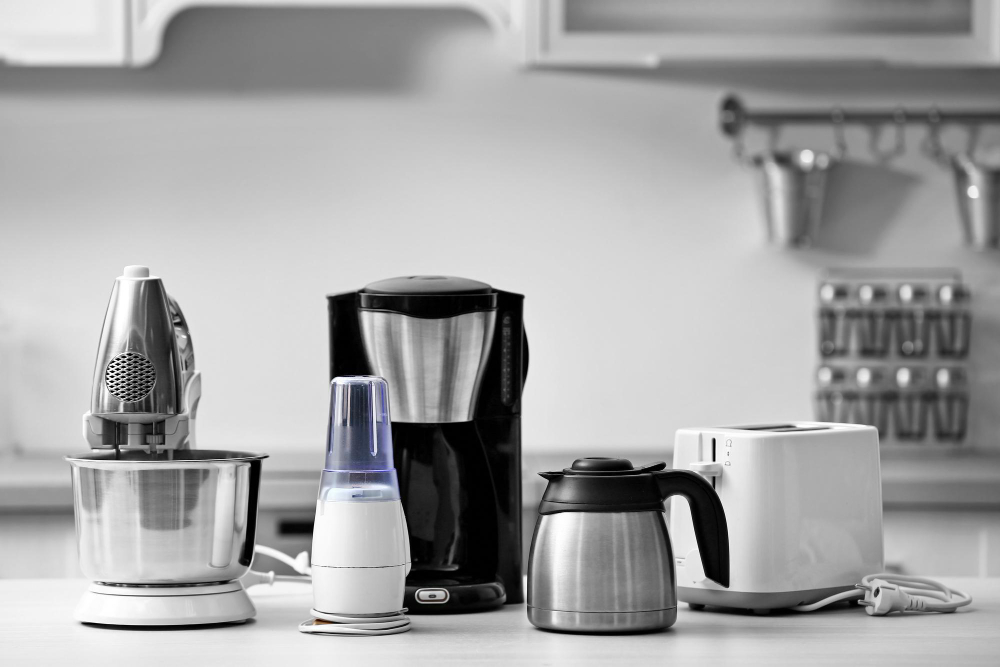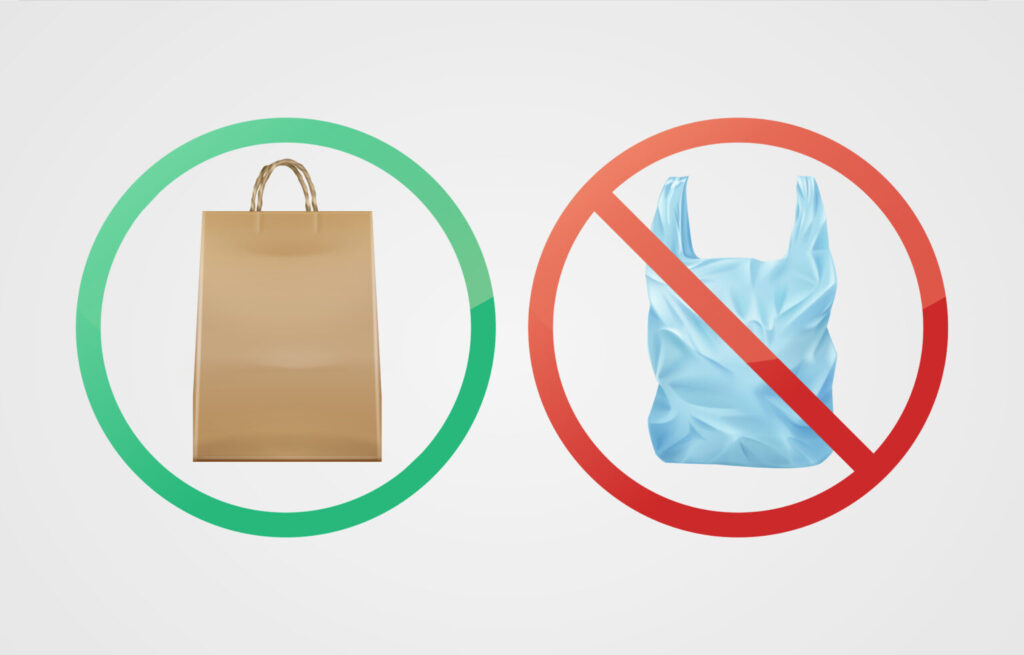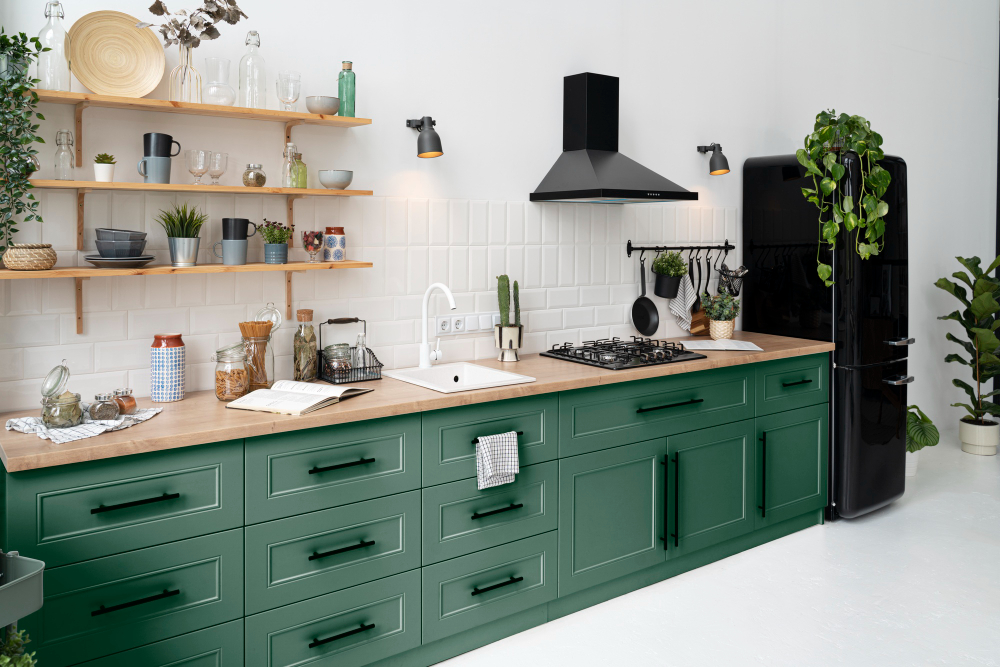Global climate change brings with it many problems. Droughts, floods, forest fires, hurricanes and many more natural disasters are the result of climate change. Everything has a carbon footprint; the food you eat, the appliances you use, the clothes you wear or yourself. Companies, cities and countries, as well as certain activities such as flying and driving, have a carbon footprint. Carbon dioxide and methane in the atmosphere are increasing the earth’s temperature. This has negative consequences such as melting glaciers, floods, heat waves, sudden temperature changes and many more. Human beings are causing global warming and global warming is causing the destruction of human habitat.An important part of environmental awareness comes from sustainable choices.
Also, awareness of carbon footprint can make a big difference.
How is the Carbon Footprint of Kitchen Appliances Created?
The carbon footprint of kitchenware results from various stages in the life cycle of foodstuffs:
– Production Process: The type and amount of energy used in the production process determines the carbon footprint of the product. Energy-intensive production processes generally result in higher carbon emissions.
– Packaging: The product’s packaging materials and packaging process can also increase its carbon footprint. Excessive use of packaging materials and complex packaging processes can increase the environmental impact.
– Transportation: The transportation, storage and distribution processes of products also affect the carbon footprint. Products transported over long distances often consume more energy and can result in higher emissions.
– Use: The energy efficiency and durability of kitchen utensils determine the carbon footprint generated during use. Energy efficient products and long-lasting designs are generally considered more sustainable.
-Rush and Recycling: How the product is disposed of and recycled after its end use is also important. Proper disposal and recycling processes can reduce the carbon footprint.
1. Using Small Appliances Correctly
Making a choice by paying attention to energy classes when buying home appliances can help create a sustainable kitchen by providing significant energy savings. We need to manage water savings and energy savings in the kitchen, and efficient use of energy plays an important role here. In addition, operating the oven at high temperatures while cooking increases the amount of energy consumed. It is possible to make the energy used efficient by choosing an oven that can cook more than one dish at the same time. In addition, using the oven’s fan setting during cooking allows for faster cooking compared to other settings. With the turbo cooking mode, the oven does not need to run in advance, which saves energy. In addition, instead of using appliances such as kettle and aspirator over and over again, you can use these products in one go when cooking several dishes at the same time.

2. Attention to Packaging and Bag Use
You can take an important step by not choosing products packaged in layers during shopping. You can keep a cloth bag in your bag that takes up little space and reduce bag consumption by not using bags for shopping. You can also reduce bag consumption by not using bags for the dustbin.

3. Reuse and Recycle
Glass jars and plastic containers offer great storage options. Buy your own shopping bags and say no to plastic bags. Buy reusable produce bags for your fruit and vegetables – using ethylene absorbent bags will increase their shelf life. When you can’t reuse, make sure you recycle everything you can.

4. Maintain Regular Maintenance
Maintain your kitchen utensils regularly to ensure that they function for a long time. Maintenance ensures that the products will last longer.
5. Avoid Disposable Items
The use of disposable items such as paper towels, napkins, plates and cups is environmentally harmful. Therefore, it is important to avoid such items for a sustainable kitchen. Instead, you can contribute to protecting the environment by using materials such as reusable plates, cups and napkins.
6. Choose Durable and Quality Products
Choose long-lasting and durable kitchen utensils to ensure that they last longer. Quality products are usually replaced less frequently, which means more efficient use of resources.





